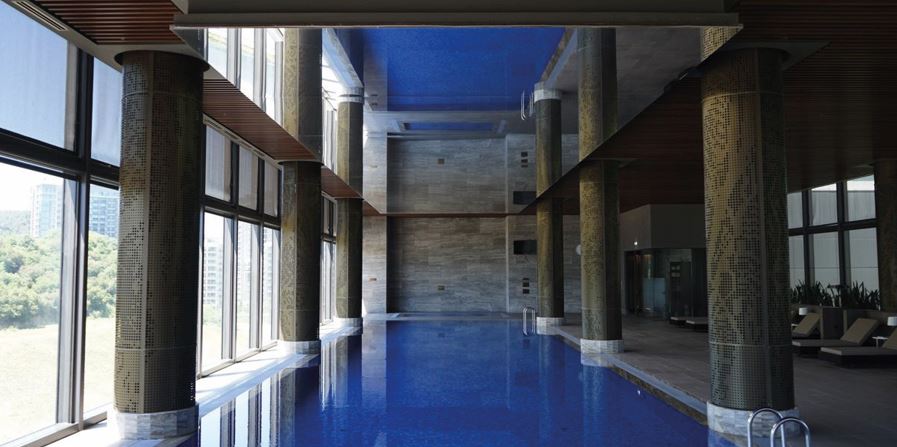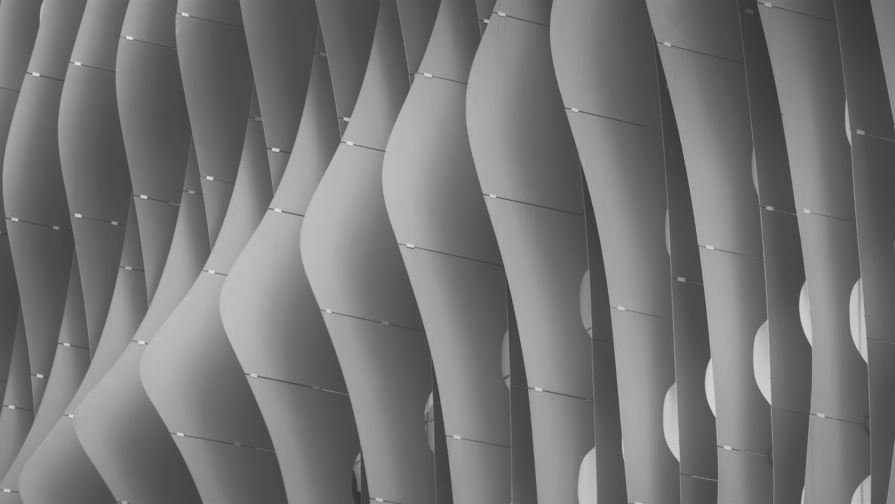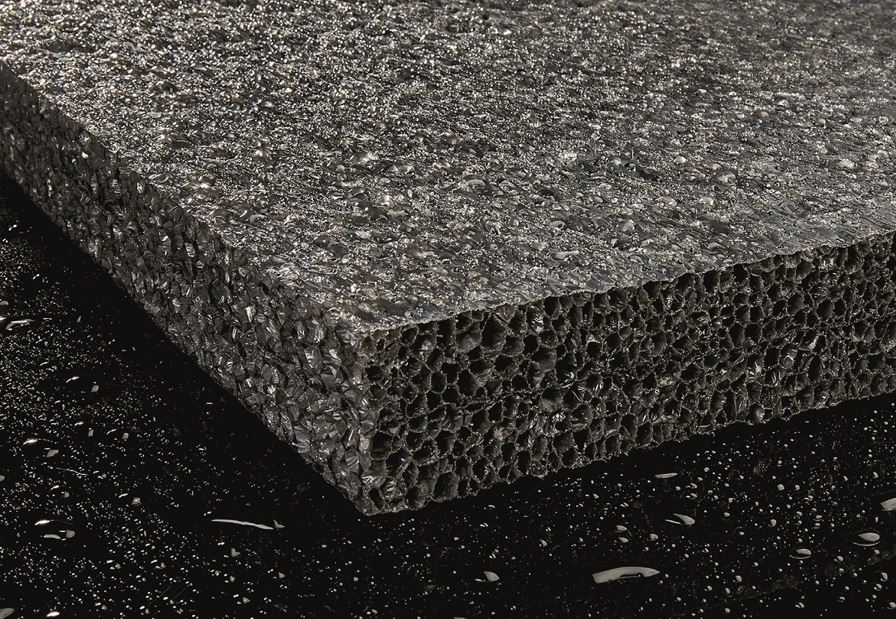
Good acoustics are key to creating leisure facilities that work for all users
Leisure facilities are inherently-noisy places – and this can create a challenge for architects and operators. These buildings can house gyms, sports and exercise rooms, and/or a swimming pool, with many multi-use facilities also featuring meeting rooms, open-plan offices, and sometimes a lecture theatre or similarly-designated learning area. And all these uses come with a variety of noises and needs – from general noise and instructors giving lessons, to noise from equipment and ventilation systems, for example. Kyriakos Papanagiotou, founder and director of KP Acoustics Group, explains: “Every space has its own acoustic identity and its own acoustic synergy with the end user. “The acoustic design, therefore, needs to augment the user experience and emphasise the specific use of the space.”
An evolving industry
Thankfully, over recent years the industry has been looking closely at this challenge and there is now a range of products available which can help to ‘dampen’ or absorb sound reverberation and improve the overall acoustic experience for all building users. CMS Danskin Acoustics’ Everroll fitness flooring is one such product and was recently selected for a major gym refurbishment at the University of Edinburgh. Specified by MnD Floors, the flooring brief required a good acoustic balance for the space, an easily-cleanable finish, and a contemporary aesthetic. And the flooring itself had to be durable and hard wearing to allow for exercise machine movement. Available in 8mm, 10mm, and 12mm variants, Everroll was developed for free-weight training and cross-fit facilities and is specifically resistant to drop impacts from free weights, dumbbells, and kettlebells, protecting equipment from damage. TVS Group’s ABSorb Sport Panels are also increasingly being specified. These wall panels are designed to absorb soundwaves so they cannot bounce around a space. And they can be installed on any wall or solid surface at low and high levels, including on a solid roof.
Reducing noise transfer
Patrick Dent, technical director at TVS Group, said: “In leisure and sports facilities, it is not just the sound within the various spaces that we need to consider – there are also noises travelling to and from other areas. “For example, people might be playing basketball and the ball impact noise or the players voices could travel to treatment rooms or offices adjacent. “Gyms and studios can also have high reverberation sounds, music, or impact noise from machines or free-weights being dropped on the floor. “In these cases we could be looking at installing false floors or using softer, more-porous, impact-resistant acoustic panels.” Swimming pools also pose a challenge when it comes to acoustics. Dent said: “Pools are usually big spaces with very-hard and reflective surfaces, which tend to make sound reverberate around. “Coupled with that is the fact there isn’t really a lot of space to put acoustic treatment, and anything you do put in is potentially going to get wet.
Pooling resources
“This means you are limited on what acoustic products you can use, and where you can put them – you really only have the space above the pool and a small area of wall space. “So, in pools, we tend to look at waterproof acoustic rafts or baffles, which we can suspend from the ceiling.” CMS Danskin has recently launched a new product specifically for swimming pools. The new sound-absorbing polyethylene foam product, Whisper, was developed for use for indoor and outdoor aquatic environments, with the lightweight panels absorbing sound energy, reducing echo, and eliminating reverberation, while also being resistant to water and humidity. Offering acoustic performance of up to Class A, they can be installed as vertical hanging baffles, absorbing sound on both sides. They can also be used as ceiling rafts in facilities where available height is restricted. Paul Absolon, technical director at CMS Danskin, said: “As well as being unpleasant for pool users and staff, noise levels can also be a health and safety issue. “It is often difficult for swim instructors to communicate with students, and it can be a challenge for lifeguards to pick up on warning sounds, so by eliminating reverberation, we can make pools safer and more-enjoyable places.”
Starting at the end
When deciding on an acoustic approach, Papanagiotou advises starting with the anticipated end user experience and working backwards. He said: “There are numerous guidance documents, but the common denominator is always the end user. “First you need to envision what the client wants to achieve, and what the end users would like, then you can organise the acoustic consultancy team around these objectives. “The end result is a ‘design resonance’ that is highly targeted, not only towards the client, but also towards the space.” Absolon adds: “As well as reducing reverberation, other factors to take into consideration are impact resistance, so we need to employ products that are certified for sports technology, with approvals by ISSS, the World Squash Federation (WSF), and IT so that impacts from balls, for instance, do not cause damage to the acoustic panels.” And ensuring acoustics are factored in as early as possible in the design process for leisure buildings is crucial to the overall success of a project. “Forgetting to factor this in early can lead to huge expenses and inconvenience down the track, especially if you build your building and only then realise that the clashing weights in the workout room make it hard for administrative staff to take phone calls,” said Andy Parker, technical director at acoustics specialist, Resonate Consultants.
Material choice
He advises bringing an acoustic consultant onto the project team early in the design process so they can review the architectural side of the building as well as the mechanical, electric, and hydraulic considerations. He said: “Having a reliable acoustic consulting firm involved from the start means there are genuine value management and cost savings offered. Plus, you can be informed and advised upfront about where the considerations need to be applied. “If you understand where those considerations need to be applied, it allows you to at least be pragmatic about putting your money where the really important areas are. “These common areas might be entrance lobbies and thoroughfares like corridors and circulation areas, which are typically transient places where people come and go and don’t tend to hang around. “This might be an area where you compromise and decide not to spend as much on acoustic absorption.” Papanagiotou adds: “We always recommend that our involvement commences from the outset of the project, so we can understand the general intent and can then adapt it into an acoustic design strategy. “If that route is not possible, then intervention during a stage when the design is already developed may be trickier as our proposals are likely to clash with the project’s budgetary constraints. “The most difficult scenario, however, is when acoustics have been totally omitted, the project is completed, and only then does it become obvious that there is a problem. “But we are very fortunate that acoustic materials, and their installation methods, have been refined throughout the years and this allows us to intervene on already-finished, or close-to-being-finished, buildings with remarkable results.”

